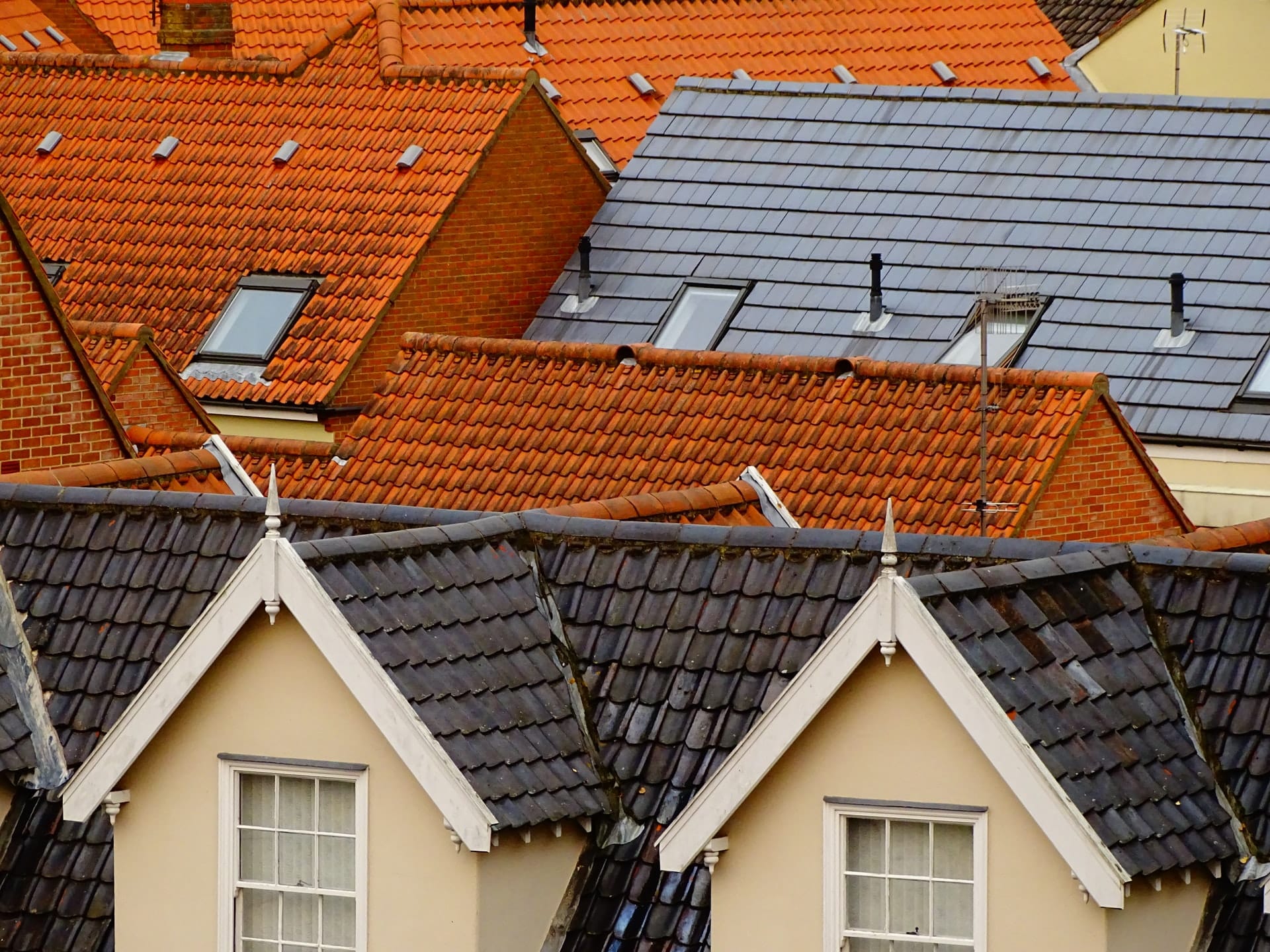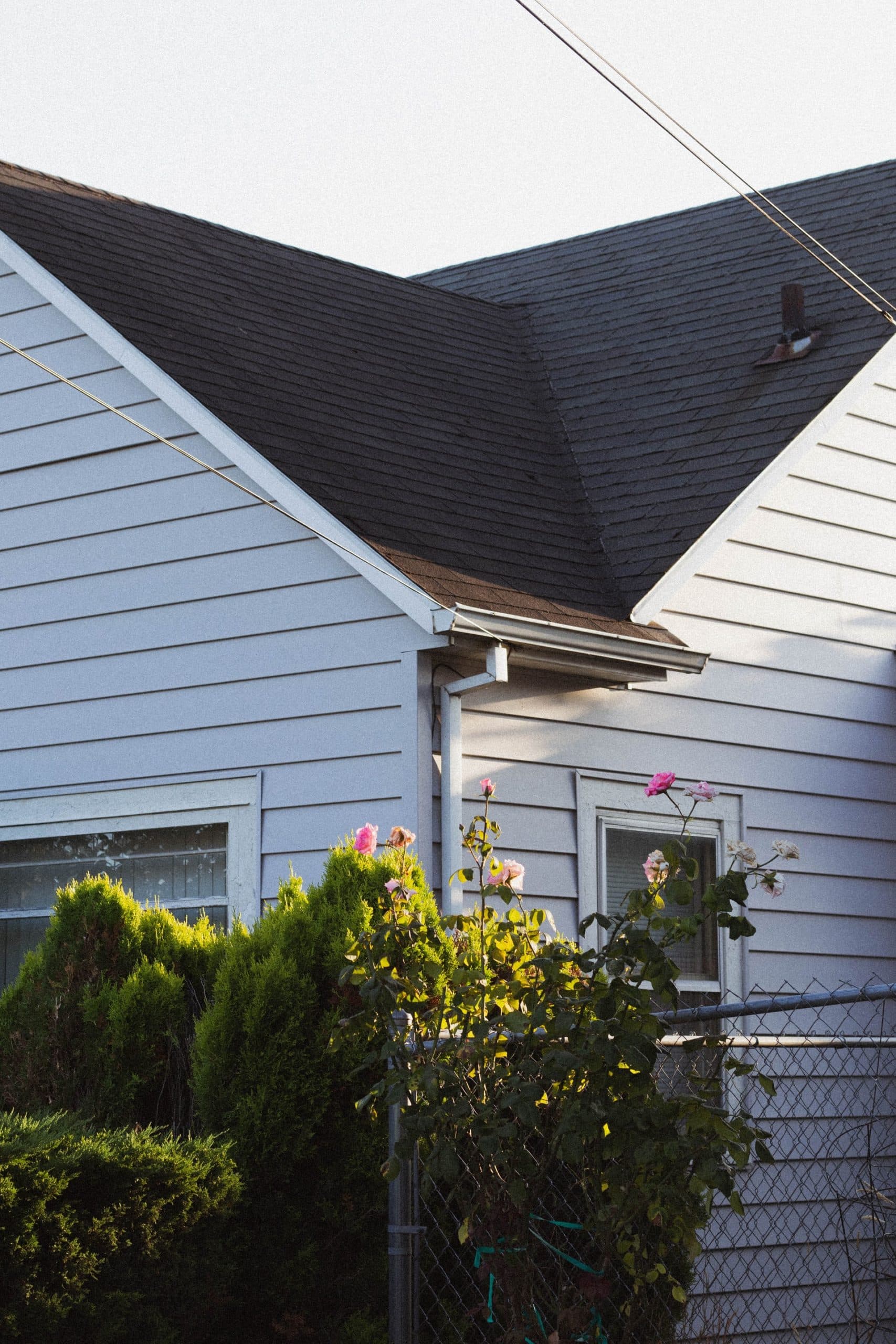Regardless of where you live, if you own a home, you need to take steps to protect your home from bad or unpredictable weather. There is a wealth of information online, through insurance companies, and through construction companies that will help you determine the best course of action for your home and your family. You can also read up on hurricane survival tips or earthquake survival tips quickly and easily in your free time.
Here are four ways you can prevent weather damage to your roof.
IMAGE: UNSPLASH
1. Be Prepared With Applicable Prevention
The type of prevention that will be the most applicable to you will depend entirely on where you live. For example, if you live in California, you need to consider earthquakes. If you live in the Midwest, you need to consider tornados, and if you live in the south, you need to consider hurricanes.
If you live in an area impacted by hurricanes, the ways you are going to prevent weather damage will include getting storm shutters installed on your house, as well as hurricane-grade siding. To protect your roof, you are going to need to talk to a contractor about the best type of roof to withstand hurricane damage.
Regardless of where you live and what weather you are most susceptible to, it is vital to have your roof inspected every few years. A roofing professional can give you a clear idea of when you should replace your roof and what type of roof you should consider when doing the replacement. This information will provide you with time to save up money for the project.
2. Choose Products That Will Protect Your Roof
Impact resistant shingles are ideal for protecting the roof of your home from damage due to things falling and hitting the roof. For example, they can provide a layer of protection from falling tree branches, flying debris, and large hail. If you live in an area like North Texas, you may see hail the size of baseballs, which can destroy standard roof shingles. Impact-resistant shingles will go a long way in protecting your roof. You can also look into gutter systems specially designed to withstand heavy rains, snow, and ice.
3. Clear Any Threats
Often, weather damage comes in the form of trees that fall during a bad storm or high winds. You can reduce the risk of damage by having your trees checked annually. Based on the health of the trees, you can have limbs or entire trees removed if they pose a significant risk to your roof. While hurricane or tornado level winds can pull out even the healthiest trees, getting rid of the unhealthy ones will help to prevent weather damage.
If you live in an area with heavy snow, do not wait and allow snow and ice to build up on your roof. If you see a lot of ice building up along the edges of your roof, do your best to knock it down safely. When icicles form, they put a great deal of pressure on the edges of the roof and the gutter system, which can lead to damage. It can also lead to water getting under the shingles at the bottom edge, causing water damage in your house.
4. Don’t Wait When There Is A Small Problem
If you have a small amount of damage to your roof, do not ignore it or put off getting it fixed. If a massive storm hits, that minor damage can be the starting point for significant damage. The better shape your roof is in when the storm hits, the better chance it will have to withstand the wind, rain, and debris. Likewise, if you see branches starting to fall or leaning against your roof, have them removed immediately.
If you are interested in even more lifestyle-related articles and information from us here at Bit Rebels, then we have a lot to choose from.


COMMENTS